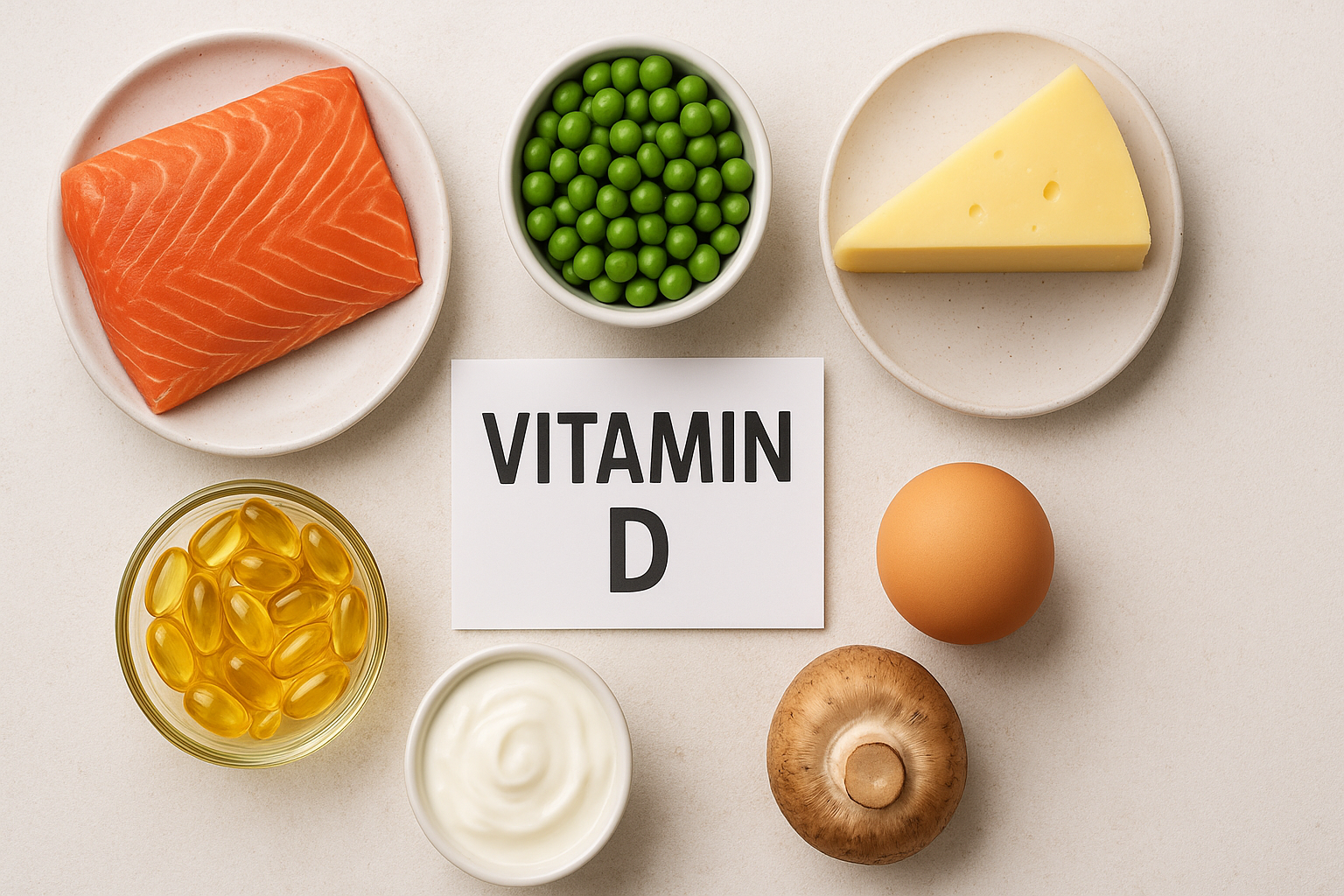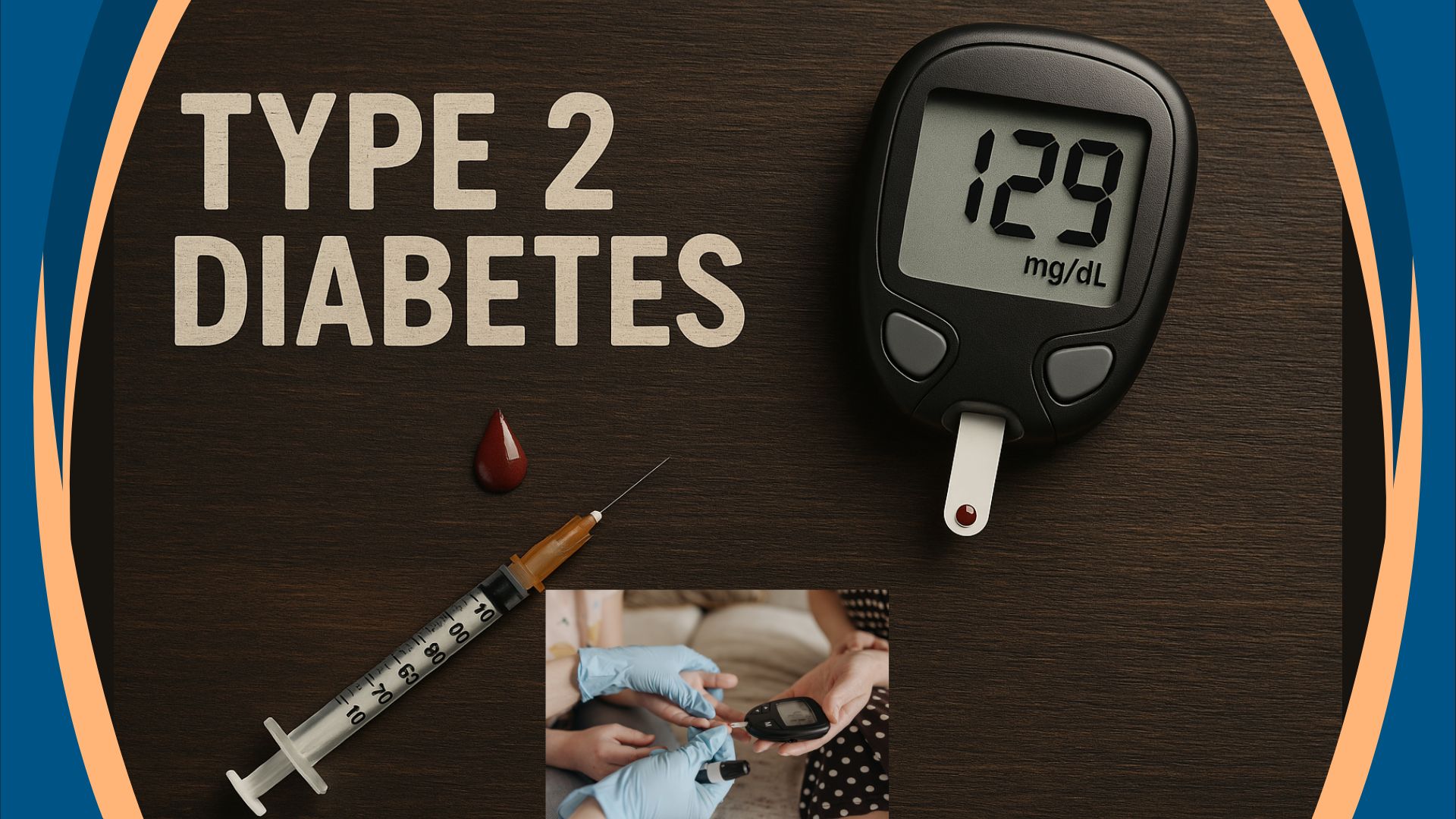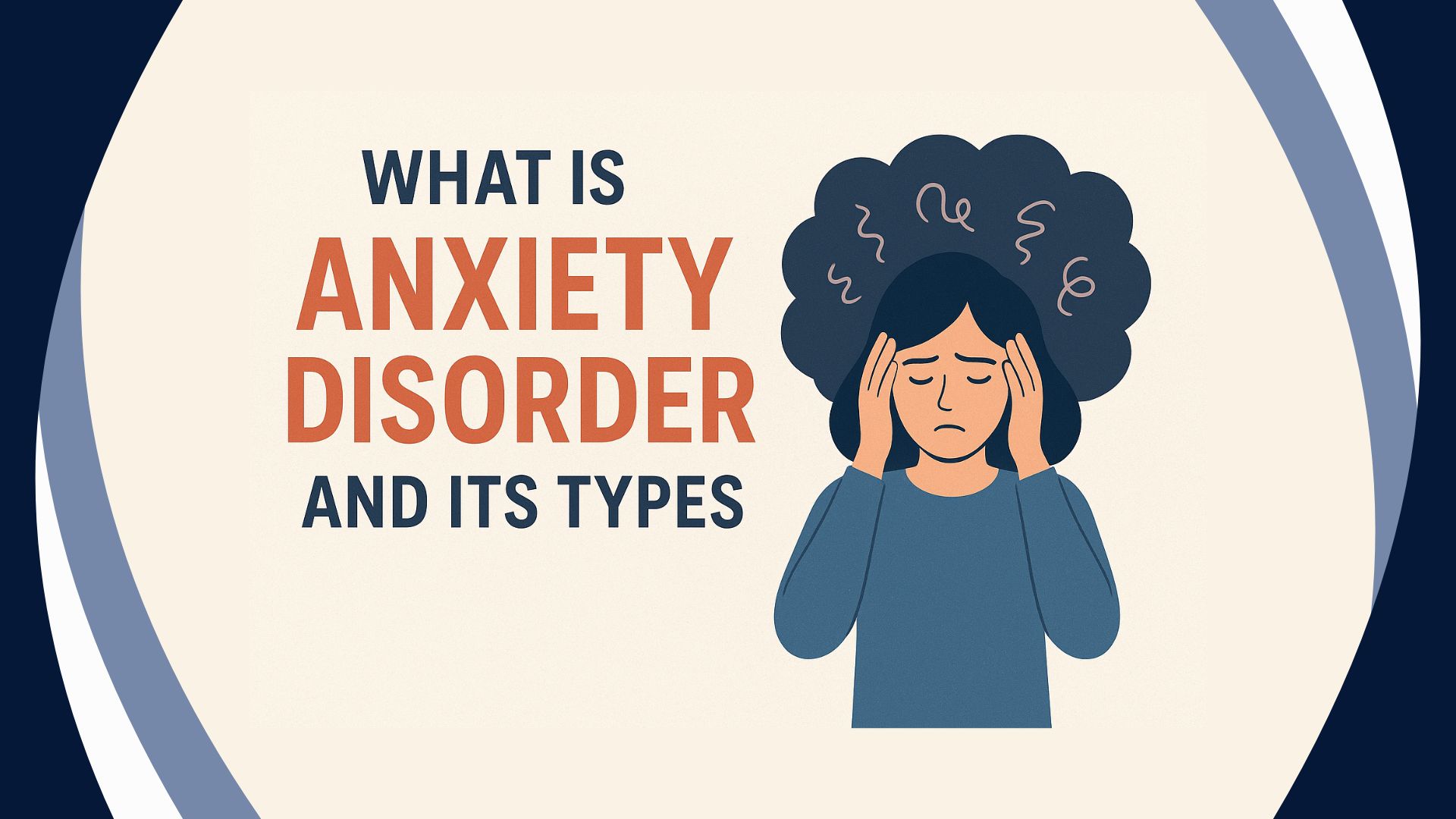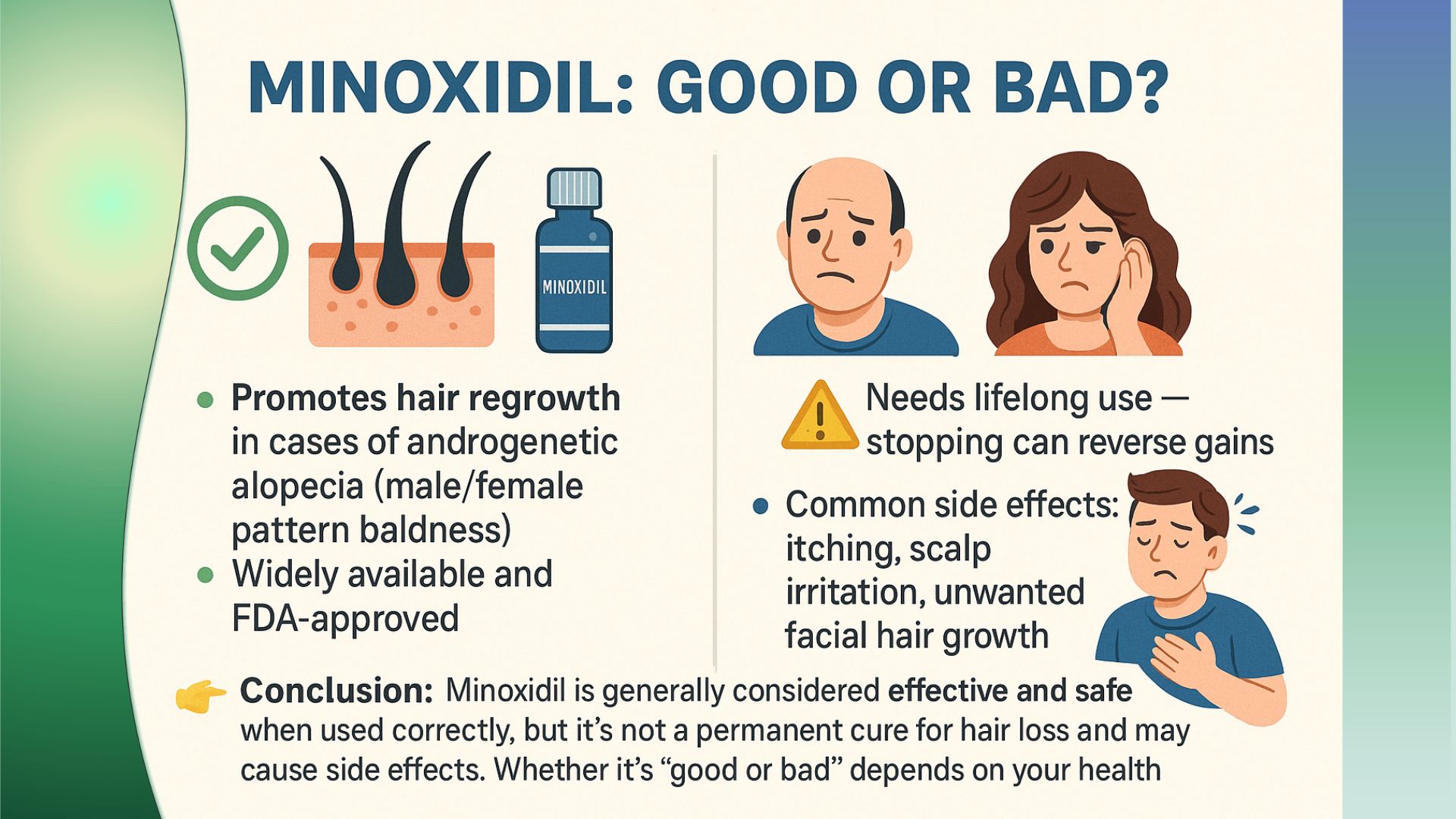Everything you need to know about Guillain-Barre Syndrome (GBS)
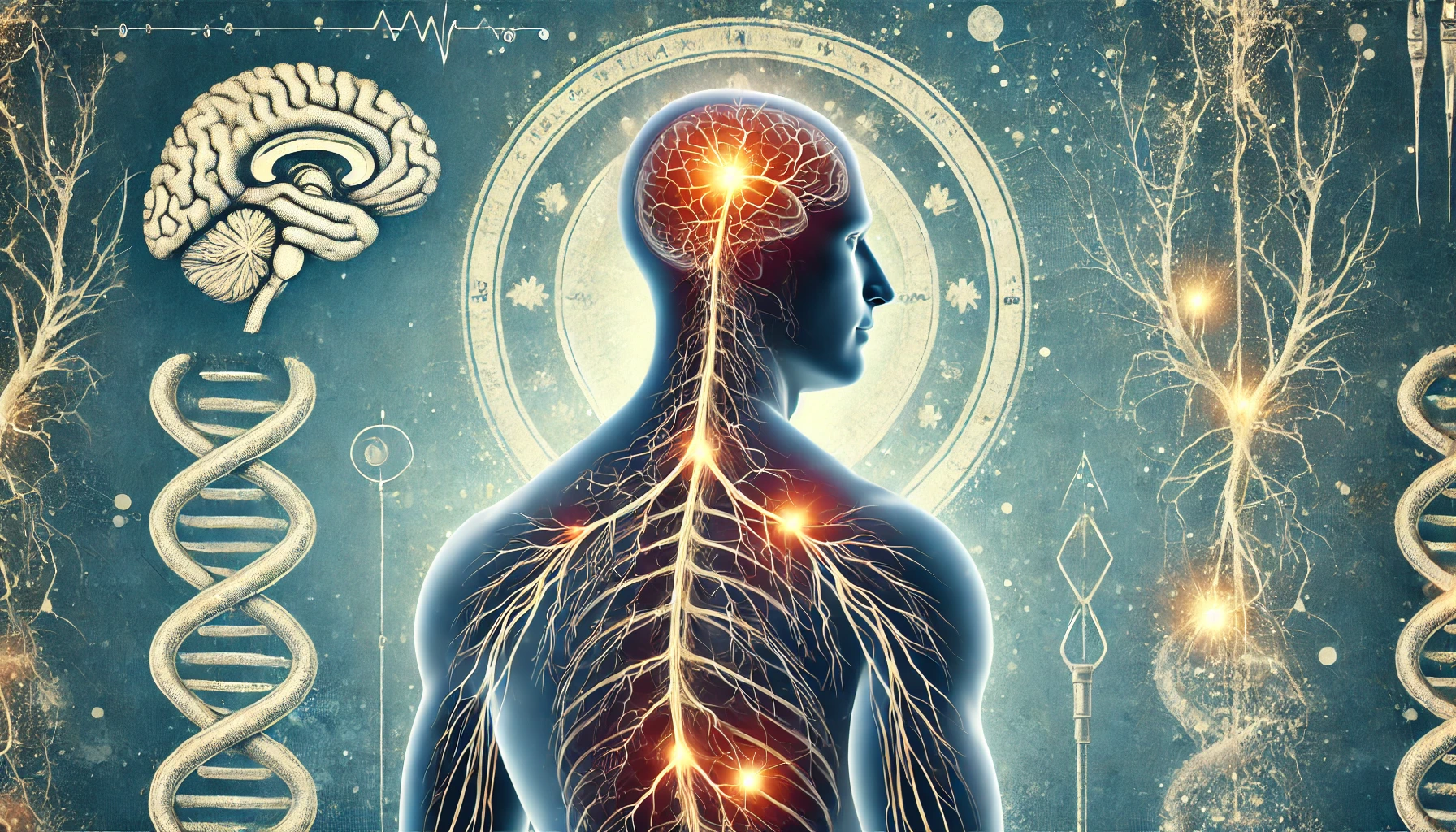
What is Guillain-Barre Syndrome (GBS)?
- Definition: Guillain-Barre Syndrome (GBS) is a rare neurological disorder where the body’s immune system mistakenly attacks the peripheral nervous system, leading to inflammation and damage to the nerves.
- Also Known As: Acute inflammatory demyelinating polyradiculoneuropathy (AIDP).
- Incidence: Affects approximately 3,000 people annually in the U.S. and can occur in individuals of any age, though it is more common in adults and males.
Causes of Guillain-Barré Syndrome (GBS)
- The exact cause of GBS is not fully understood, but it often follows a viral or bacterial infection, such as:
- Respiratory infections (e.g., influenza)
- Gastrointestinal infections (e.g., Campylobacter)
- Rarely, it can occur after vaccinations or surgeries.
- As a result of the immune response, the myelin sheath surrounding nerve fibres is gradually destroyed, ultimately impairing the transmission of nerve signals.
Symptoms
- Initial Symptoms:
- Weakness or tingling sensations, typically starting in the legs and potentially spreading to the arms and face.
- Symptoms can escalate to paralysis, affecting the ability to walk, move, or breathe.
- Progression: Symptoms usually worsen over a period of days to weeks, with the most significant weakness occurring within the first two weeks.
- Other Symptoms:
- Pain (often described as sharp or shooting)
- Difficulty with facial movements, swallowing, or speaking
- Breathing difficulties
- Changes in heart rate and blood pressure
Diagnosis
- Diagnosis is primarily based on clinical symptoms and neurological examination, including:
- Loss of deep tendon reflexes
- Lumbar puncture (spinal tap) showing elevated protein levels in cerebrospinal fluid (CSF)
- Electromyography (EMG) to assess nerve function
Treatment for Guillain-Barre Syndrome (GBS)
- Immediate Care: GBS is a medical emergency requiring hospitalisation for monitoring and treatment.
- Supportive Care: Includes monitoring respiratory function, heart rate, and blood pressure. Some patients may require mechanical ventilation if breathing is compromised.
- Immunotherapy: Treatments such as plasma exchange (plasmapheresis) or intravenous immunoglobulin (IVIG) can help reduce the severity and duration of symptoms.
- Rehabilitation: Physical therapy is often necessary to regain strength and mobility after the acute phase.
Prognosis
- Most individuals recover from GBS, with many regaining full function within months to years. However, some may experience residual weakness, numbness, or fatigue.
- Severe cases can lead to long-term complications or even be life-threatening, particularly if respiratory muscles are affected.
Recent Research Advancements
- ANX005 Therapy: An experimental one-time antibody therapy showing promising results in clinical trials, with patients experiencing better health outcomes compared to traditional treatments.
- Stem Cell and Gene Therapy: Ongoing research into regenerative therapies aims to promote nerve recovery and enhance immune response.
Patient Stories of Guillain-Barre Syndrome (GBS)
- John Navarro’s Journey with MMN
- Date: January 8, 2025
- Story: John was diagnosed with Multifocal Motor Neuropathy (MMN) in February 2024, becoming Gibraltar’s only known patient with this rare neurological condition. He shares the challenges of living with a chronic illness that affects muscle movement, leading to weakness and fatigue. His journey to diagnosis was long and arduous, reflecting the struggles many face with rare diseases.
- Elizabeth Sandbothe’s Experience
- Date: November 8, 2024
- Story: At 23, Elizabeth was diagnosed with Guillain-Barré Syndrome while playing professional volleyball in Germany. Within days, GBS took over her body and her career, leading to a profound transformation in her life. She recounts the sudden onset of symptoms and the impact on her athletic aspirations.
- A Grandfather’s Sudden Illness
- Date: December 12, 2024
- Story: A 50-year-old man experienced a shocking onset of GBS symptoms after a family visit. He recalls greeting his parents and suddenly collapsing, leading to a rapid decline in his health. His story highlights the unpredictable nature of GBS and the emotional toll it takes on families.
- Kadence’s Double Vision and Numbness
- Date: April 4, 2024
- Story: Kadence woke up with double vision and facial numbness, which led to a hospital visit. Initially misdiagnosed, her symptoms progressed, prompting further investigation. Her experience emphasizes the importance of awareness and timely diagnosis in GBS cases.
- Beto Dávalos’ Resilience
Conclusion
Guillain-Barré syndrome is a serious condition that requires prompt medical attention. While recovery is common, the experience can be challenging, and ongoing support may be necessary for those affected. Awareness of the symptoms and early intervention are crucial for improving outcomes. Continued research and advocacy are essential to enhance the quality of life for individuals living with GBS.
Here are the recent research advancements in Guillain-Barré Syndrome (GBS) as of 2025:
1. Upcoming International Symposium
- Event: 2025 International Symposium on GBS, CIDP, and MMN.
- Date: September 11-13, 2025.
- Location: Denver, Colorado.
- Purpose: This symposium will connect experts and patients to discuss the latest breakthroughs in GBS and related conditions. Registration opened in January 2025.
2. Promising Advances in Treatment
- ANX005 Therapy:
- Description: ANX005 is an experimental one-time antibody therapy designed to suppress inflammatory immune responses linked to nerve damage in GBS patients.
- Clinical Trial Results: In a Phase 3 clinical trial, patients receiving ANX005 were 2.4 times more likely to be in better health after 8 weeks and 2.5 times more likely to fully recover after 26 weeks compared to those receiving a placebo.
- Regulatory Status: The developer plans to submit a biologics license application to the FDA in the first half of 2025.
3. Real-World Evidence Study
- A recent study compared ANX005 treatment to traditional therapies like intravenous immunoglobulin (IVIg) and plasmapheresis (PE).
- Findings: Patients treated with ANX005 showed faster and greater improvements in muscle strength and functional outcomes, requiring less mechanical ventilation and spending less time in intensive care.
4. Innovative Research Directions
- Stem Cell Therapy: Researchers are exploring the use of stem cells to regenerate damaged nerves and promote recovery in GBS patients. Early studies show promise in animal models.
- Gene Therapy: This approach aims to modify immune cells to enhance their ability to combat harmful antibodies, potentially offering long-lasting relief for GBS patients.
- Immunotherapies: New immunotherapies, including immune checkpoint inhibitors, are being investigated for their potential to treat GBS.
5. Advocacy and Awareness Efforts
- In order to enhance awareness and strengthen support for those affected by GBS, various organizations are actively involved in educational campaigns. Moreover, they are launching fundraising initiatives while also working to advance diagnosis and treatment options.
Conclusion
The search for effective treatments for Guillain-Barré Syndrome is advancing steadily. As research progresses, promising new therapies and ongoing clinical trials continue to emerge. Moreover, advancements in understanding the disease’s mechanisms contribute to the development of innovative treatments, such as ANX005. As a result, these breakthroughs offer hope for improved patient outcomes. Continued advocacy and research are essential to further enhance the quality of life for those affected by GBS.


